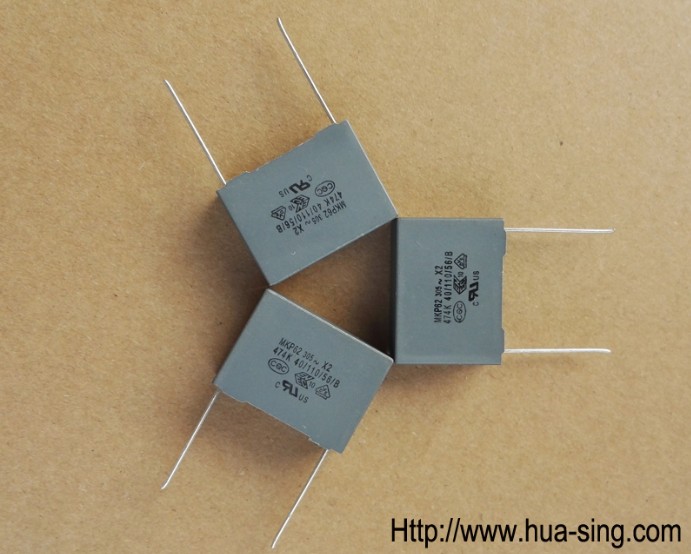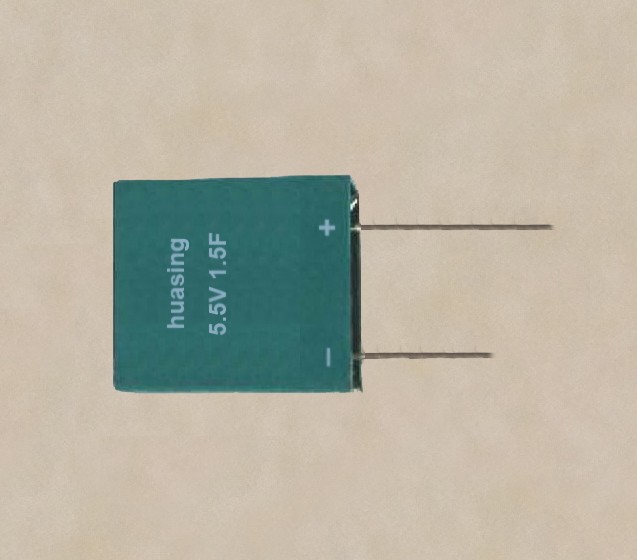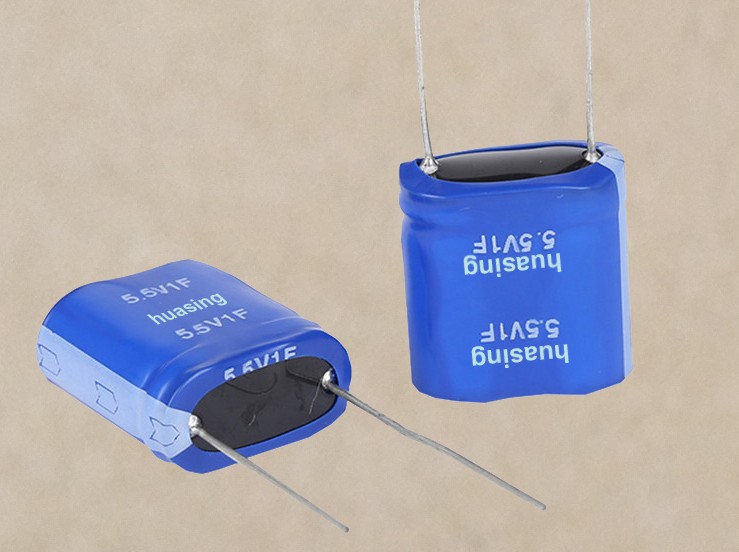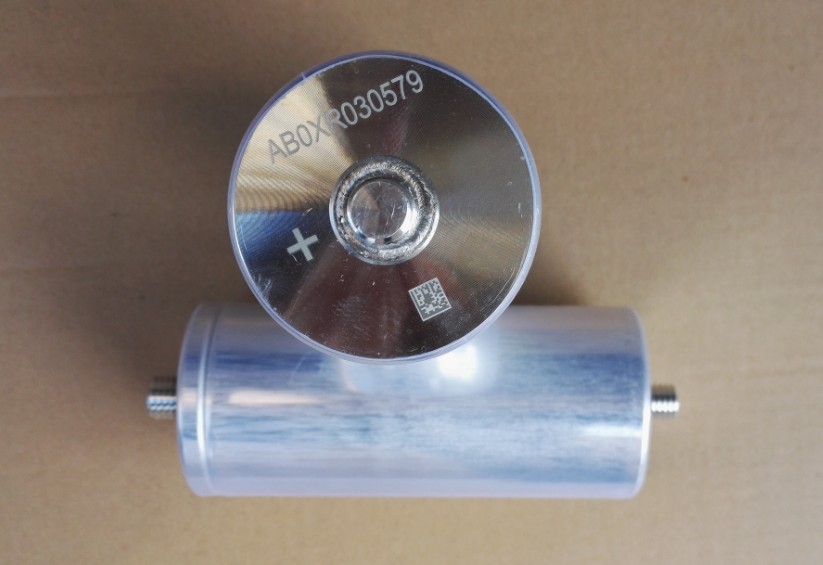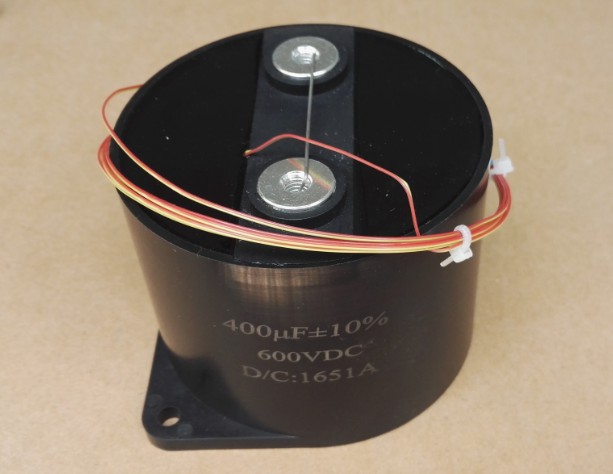Mica Materials AND mica capacitors
2020/9/16 22:18:03
Abstract: 1. Production status According to statistics, there are 10 categories and more than 100 varieties of products processed from mica in the world. China's mica products include six categories of mica flakes, mica powder, mica paper, mica capacitors, mica insulation products and mica electric heating elements, with nearly 30 varieties. At present, there are more than 100 mica production mines and processing enterprises in China, but they are generally small in scale. China's main mica mining companies include: Sichuan Danba mica mine, Xinjiang mica mine, etc. more than 10. The annual production capacity of China's industrial raw material mica is 130,000 tons.
1. Production status
According to statistics, there are 10 categories and more than 100 varieties of products processed from mica in the world. China's mica products include six categories of mica flakes, mica powder, mica paper, mica capacitors, mica insulation products and mica electric heating elements, with nearly 30 varieties. At present, there are more than 100 mica production mines and processing enterprises in China, but they are generally small in scale. China's main mica mining companies include: Sichuan Danba mica mine, Xinjiang mica mine, etc. more than 10. The annual production capacity of China's industrial raw material mica is 130,000 tons; China's main mica paper production companies have 25 companies, a total of 41 mica paper production lines, and the annual production capacity of mica paper is about 11,000 tons; there are more than 100 mica powder production companies Most of them are dry-process mica powder enterprises. The annual production capacity of dry-process mica powder is more than 40,000 tons, and the annual production capacity of wet-process mica powder is about 10,000 tons. According to the statistical annual report of the National Building Materials Bureau, in 1996, the output of industrial raw material mica in China was 137,100 tons; the output of mica paper was more than 5,000 tons; the output of mica powder was over 40,000 tons. According to the China Geological Information Institute's "Mineral Resources Development and Utilization Information" report in March 1997, there are 12 major mica producing countries in the world, of which: India, Russia, the United States and Canada are the world's four largest mica producing countries, and their combined output accounts for the world's total production. About 70% of the total. The United States and China are major producers of crushed mica and scale mica. In 1995, the output of crushed mica in the United States was 104,000 tons. Most of China's mica mines are mined by local farmers, and it is difficult to accurately count the output.
2. Production layout
China's mica production and mining enterprises are mainly distributed in Sichuan, Xinjiang, Inner Mongolia, Hebei, Hubei and other provinces (regions). Among them, high-quality muscovite is mainly produced in Sichuan and Xinjiang two provinces (regions); phlogopite is mainly produced in Inner Mongolia Autonomous Region. At present, these provinces (regions) have become China's main mica production bases.
3. Supply and demand situation
In 1996, China's industrial raw material mica output was 137,000 tons. Excluding some substandard mica products and processing and production inventories mined by township enterprises and individuals, the actual supply would be about 100,000 tons. The general trend of world mica consumption is: the consumption of flake mica is decreasing, and the consumption of broken mica is increasing. At present, the total global demand for mica is about 340,000 tons. Due to the exhaustion of flake mica resources and the development of the use of fragmented mica technology, the world's demand for flake mica is decreasing at a rate of 4.5% per year, while the demand for fragmented mica is increasing at a rate of about 1.5% per year. Flake mica is mainly used as insulation and supporting components in the electrical, electronic and optical industries; broken mica can be ground into powder for use in building materials, paints, coatings, plastics and other industries, and can also be used to produce mica paper as insulating materials. According to incomplete statistics, the annual consumption of mica in China is about 10,000 tons of flake mica, 5,000 tons of mica paper, and about 20,000 tons of mica powder. At present, in addition to meeting domestic needs, China's mica production still has a small number of products exported. In recent years, the export volume of Chinese mica products has been on the rise. In 1990, China’s export volume of mica was 2,4878.9 tons, with a foreign exchange value of 2.988 million U.S. dollars; in 1996, it reached 422.183 tons with a foreign exchange value of 5.661 million U.S. dollars, an average annual increase of 7.85%. At present, the supply of mica paper in China exceeds demand and the production capacity is surplus. By the end of 1996, China's mica paper production capacity had reached 11,000 tons, and according to the prediction of relevant parties, the market demand was only 8,000 tons by 2000, and the production capacity was obviously surplus.
4. Outlook
After decades of prosperity in China's mica industry, the output is close to saturation. This is a problem that people are paying more attention to. The development of science and technology will show that: flake mica products have passed its golden age and are gradually declining, but the mica industry will continue to develop, and the future development direction must shift to the production of crushed mica products. At present, the products manufactured by using various properties of mica at home and abroad are increasing. For example, in terms of building materials: Canada is studying the use of phlogopite to vent heat and release gas, mixing phlogopite with cullet glass powder for sintering, so that sintered materials are formed The honeycomb shape is used as a light-weight, heat-insulating and heat-preserving wall material, which plays a role in building energy saving; Britain, Japan, China and other countries are studying mica-reinforced calcium silicate board instead of asbestos-reinforced calcium silicate board, used as ship bulkhead material or Residential building, sound insulation, fire resistance, etc. Secondly, the applications in daily food and cosmetics are also being developed day by day. In short, the various physical and chemical properties of mica are constantly being revealed and fully utilized, and the field of application is constantly expanding, especially its good stripping properties, elasticity and mechanical strength, and its reinforcement in various composite materials. value. With the development of mica application technology and the expansion of application fields, mica comprehensive processing products have developed rapidly, and series have gradually formed, which are used in various fields, such as new building materials, decoration, special paints, etc. The comprehensive utilization of mica processing has basically achieved no waste in factories abroad, and almost 100% of the raw materials are used, while the comprehensive utilization rate of mica in China is only about 40%. In addition to muscovite, the use of phlogopite and sericite needs further development. At present, the consumption structure of mica is changing. For example, in the United States, whose annual output accounts for more than 75% of the world's total output, the consumption of broken mica accounts for 70% to 80% of the total consumption of mica; the stripped mica only maintains its large traditional market; Fragmented mica is widely used in construction materials, paint and plastics sectors. As a product of comprehensive utilization of mica, mica paper and wet-ground mica powder, as well as deep-processed products, such as mica insulation products and mica paper capacitors, are currently popular products in the international market. For Chinese mica products, the current market with more potential is Western Europe, which is expected to open up a new market in Eastern Europe. At the same time, the entire American market has not yet been involved. All these are extremely beneficial for China to enter the international mica market with a larger share. Secondly, China's domestic mica paper market is also very large. During the "Ninth Five-Year Plan" period, only the motor manufacturing industry will need about 4,000 tons of mica paper each year. In short, with the increasing living standards of Chinese residents, the demand for household appliances will increase accordingly. Coupled with the expansion of the export market, the demand for mica paper will also increase. Judging from the proven reserves of mica in China, mica resources can meet the production needs by the end of this century. However, the high-quality crushed mica raw materials suitable for the production of mica paper and wet-milled mica powder cannot fully meet the needs due to the lagging production and construction of mines.
5. The structure and characteristics of mica capacitors
The medium of mica capacitor is mica sheet, and the electrodes are metal foil type and metal film type. Earlier mica capacitors consisted of metal foil or silver sprayed on the surface of the mica sheet to form electrodes, and then laminated them according to the required capacity and then diffused and pressed them into a bakelite shell. At present, most of the mica dielectrics are covered with a layer of silver electrode, and the core structure is assembled, and then packaged in the shell to form a capacitor. There are Taojia shells, metal shells and plastic shells, and plastic shells are commonly used. Mica capacitors have the following characteristics:
①The capacity range is not wide, generally between 10pF-51000pF.
② High stability, high reliability, and can be made into high-precision capacitors.
③Small inherent inductance, not easy to age, stable frequency characteristics, one of the high-frequency capacitors with excellent performance
④The insulation resistance is high, generally up to 1000-7500MΩ.
⑤The temperature characteristics are good, and the ambient temperature of use is generally in the range of -55℃ ~ +85℃, up to 200℃.
⑥The dielectric loss is small, and the loss tangent is generally (5-30) x 10-4.
⑦The price is relatively expensive, and has been gradually replaced by ceramic capacitors and organic film capacitors in recent years.
Mica capacitors links.

 Tel:86 0513 65085106 Fax:86 0513 81164838
Tel:86 0513 65085106 Fax:86 0513 81164838 